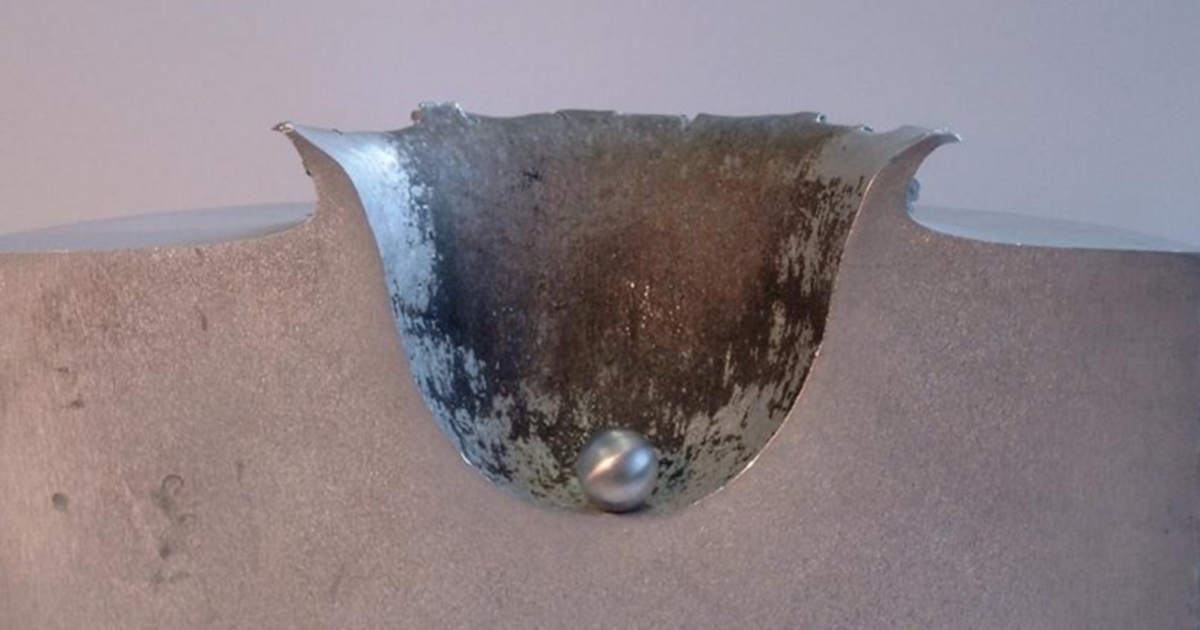One of the drawbacks of the ever-increasing number of devices being sent in the Space Age is that there are more and more unmanned and uncontrollable objects around the Earth, moving at a speed of 10 kilometers per second, and having kinetic energy even in outer space. Their size is a few millimeters, which is why encountering such objects can have serious consequences for a person or a spaceship.
The problem is exacerbated by the fact that we can currently only track the path of space debris between 9 and 10 centimeters in size.
Currently, we can identify space debris based on light or radar signals. The smaller the object, the more difficult it is to receive strong sunlight or a radar signal from it, which we can also detect on the surface
Nilton Reno, a professor at the University of Michigan, points out.
Reno and his colleague Yun Zhang developed a new method for detecting space debris, through which the collision and destruction of small pieces of space debris can be followed.
When it collides with a body the size of a breadcrumb with the aforementioned large kinetic energy, it is practically crushed and turns into a gas, the charge of which emits electromagnetic radiation. These pulses can be detected by relatively common antennas with a diameter of 26 metres.
The study will combine the data obtained in this way with the rotation data of known larger space debris in the simulation process.
Although we can only learn about impacts in this way, it cannot be neglected that we can also infer the material of impact debris based on electromagnetic signals, experts pointed out. All this can help in the future in assessing risks and avoiding such threats.














































